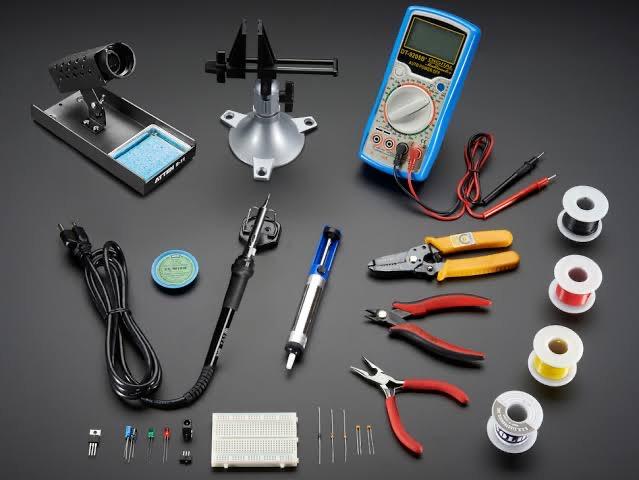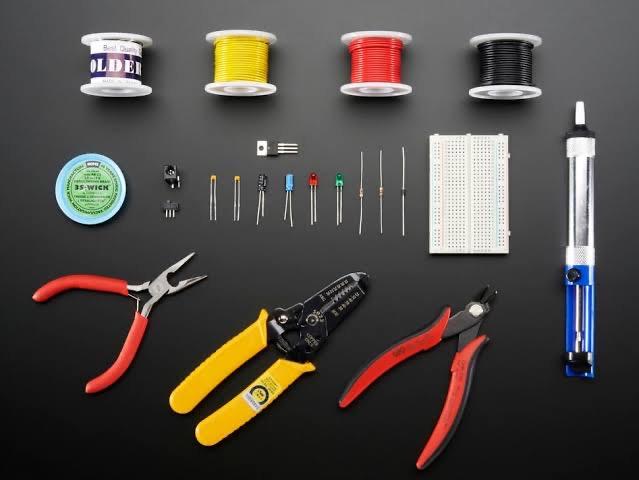
ASTM F2170 provides the standard for using relative humidity (RH) testing for flooring and concrete professionals when measuring moisture content in concrete slabs. The ASTM provides precise guidelines for RH testing methods but does not address the limitations of the testing equipment.
 When testing relative humidity (RH) in lightweight concrete, the limitations of the testing equipment get overlooked. Testing equipment limitations have a significant influence on the data that is acquired when testing. It can significantly skew the results leading to costly RH mitigation. Since in-situ testing equipment has a significant impact when testing lightweight concrete, let’s dig a little deeper to get to a better understanding of some of these limitations.
When testing relative humidity (RH) in lightweight concrete, the limitations of the testing equipment get overlooked. Testing equipment limitations have a significant influence on the data that is acquired when testing. It can significantly skew the results leading to costly RH mitigation. Since in-situ testing equipment has a significant impact when testing lightweight concrete, let’s dig a little deeper to get to a better understanding of some of these limitations.
One of the most significant limitations that a sensor has is how long it can be in an environment with a relative humidity of 80% or higher without damaging the electronic sensor. The little device in each probe that measures the humidity does not work well in high humidity environments for extended periods of time without it being damaged or needing to be recalibrated. The type of sensor that is being used needs to be addressed to maintain testing within manufacturer recommendations.
The go-to In-situ probe has been and continues to be the Wagner probes. The problem with the Wagner is that for years they only made a Wagner 4.0 probe. The issue with the Wagner 4.0 probe is that it is a single-use probe and gets installed within a few minutes of drilling the hole. When you drill a hole in lightweight concrete, you pulverize the aggregate releasing moisture into the hole, making a not-so-ideal situation even more problematic by increasing the relative humidity within the hole (most likely above 80% and potentially into the high 90% range). The frustrating part is that ASTM 2170 and the Wagner 4.0 manufacturer recommended testing instructions do not address the concern for the spike in relative humidity in the hole at the time of installation. We are not able to provide you with an affiliate link to the Wagner 4.O; however, we can send you to check out a Tramex. We will do a separate blog post on Tramex testing equipment at a later date.
Wagner does now manufacture a multiple-use Wagner 5.0 probe that can be used to test lightweight concrete that has an initial spike of RH after drilling the hole. With the Wagner 5.0 probe, you install a sleeve after cleaning the dust out of the hole. After 72 hours, you can install the probe sensor after the hole has had time to acclimatize to a more realistic relative humidity. It is still essential to make sure you monitor the relative humidity during your 1st few test holes and make sure the probes are not getting exposed to excessive RH that may give false or skewed readings. Click here to check out the new Wagner 5.0.
Let’s now talk about the little sensor that measures the humidity that is in most of the relative humidity in-situ probes on the market today. Sensirion, an electronics manufacturing company make the tiny sensors. Sensirion is the leading manufacturer of high-quality sensors and sensor solutions for the measurement and control of humidity, and of gas and liquid flows. If you want to do a little research on your own, you can go to their website at www.sensirion.com to learn a little more about the limitation of the actual sensor that lives in the in-situ probe.
Wagner 4.0 probes get installed a few minutes after drilling and cleaning the test hole exposing the probes to potentially high relative humidity (RH) for 72 hours if testing per ASTM F2170. If you go digging around and find the normal operating range for the Sensirion sensors. You will find that the sensor product data sheet shows the best performance when operated within recommended normal temperature and a humidity range of 5 degrees Celsius – 60 degrees Celsius and 20%RH – 80%RH, respectively. Long-term exposure to conditions outside the normal range, especially at high humidity, may temporarily offset the RH signal (e.g., +3% after 60hours kept at >80%RH). You are going to get skewed readings using a Wagner 4.0 probe system in lightweight concrete when exposing the probe to the hole when the humidity is at its highest above those as mentioned above normal operating range.

The Americans with Disabilities Act (ADA) ensures that individuals with disabilities enjoy equal access like others to public facilities, including buildings, sidewalks, and transportation. To

The Americans with Disabilities Act (ADA) mandates that public facilities provide equal access to individuals with disabilities. To meet these requirements, businesses and organizations often
